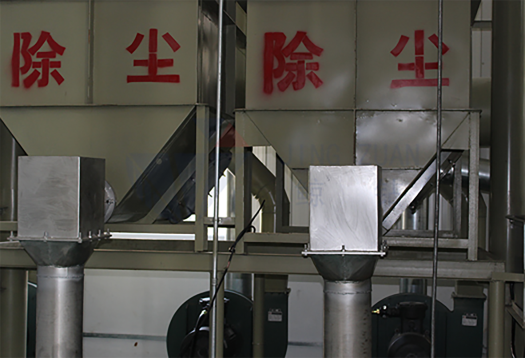
Oktoba . 31, 2024 16:51 Back to list
Chemical Composition and Structural Analysis of Hydroxypropyl Methylcellulose
Understanding the Chemical Structure of Hydroxypropyl Methylcellulose (HPMC)
Hydroxypropyl Methylcellulose (HPMC) is a semi-synthetic, hydrophilic polymer derived from cellulose, a fundamental structural component of plant cell walls. HPMC is widely used in various industries, particularly in pharmaceuticals, food products, construction, and cosmetic applications. Understanding its chemical structure is crucial for grasping its properties and functionalities.
Chemical modifications of cellulose lead to the formation of HPMC. The process begins with the etherification of cellulose, wherein the hydroxyl groups (-OH) of the glucose monomer units in cellulose are replaced with hydroxypropyl and methyl groups. This modification enhances the solubility of the polymer in water and organic solvents, making HPMC versatile for diverse applications.
Understanding the Chemical Structure of Hydroxypropyl Methylcellulose (HPMC)
Additionally, hydroxypropyl groups are introduced to a smaller extent, usually ranging from 7 to 12%. This hydroxypropyl substitution is critical, as it increases the polymer's water solubility and reduces its viscosity. The presence of these groups alters the interaction between the polymer and water, enabling HPMC to swell and form a gel-like consistency in aqueous solutions, which is advantageous in various applications.
chemical structure of hpmc

The degree of substitution (DS) is a vital parameter that directly affects the performance of HPMC. A higher DS leads to enhanced solubility in cold water—which is particularly beneficial in pharmaceutical formulations, as it allows for better dissolution and bioavailability of active ingredients. Conversely, a lower DS results in a more viscous solution, which can be useful in thickening applications.
In pharmaceutical formulations, HPMC is often utilized as a binder, thickener, and controlling agent for drug release. Its ability to form gels makes it essential in controlled-release drug delivery systems, where it can regulate the rate at which a drug is released into the bloodstream. The controlled viscosity profile of HPMC also plays a crucial role in ensuring uniformity and stability in formulations.
In food industries, HPMC serves as a food additive and stabilizer. Its emulsifying properties help improve the texture and shelf life of various products, including sauces, dressings, and baked goods. Additionally, HPMC is often used in gluten-free products, enhancing texture and moisture retention without the use of traditional gluten sources.
In conclusion, the chemical structure of Hydroxypropyl Methylcellulose is characterized by its modified cellulose backbone, featuring methoxy and hydroxypropyl substitutions. This unique structure bestows HPMC with a range of beneficial properties, making it an invaluable agent across multiple industries. Its solubility, viscosity, and gel-forming abilities highlight its significance in pharmaceuticals, food technology, and beyond, enabling innovations and improvements in product formulations. Understanding HPMC's chemical structure is essential for scientists and engineers aiming to harness its potential in future applications.
-
Versatile Hpmc Uses in Different Industries
NewsJun.19,2025
-
Redispersible Powder's Role in Enhancing Durability of Construction Products
NewsJun.19,2025
-
Hydroxyethyl Cellulose Applications Driving Green Industrial Processes
NewsJun.19,2025
-
Exploring Different Redispersible Polymer Powder
NewsJun.19,2025
-
Choosing the Right Mortar Bonding Agent
NewsJun.19,2025
-
Applications and Significance of China Hpmc in Modern Industries
NewsJun.19,2025







